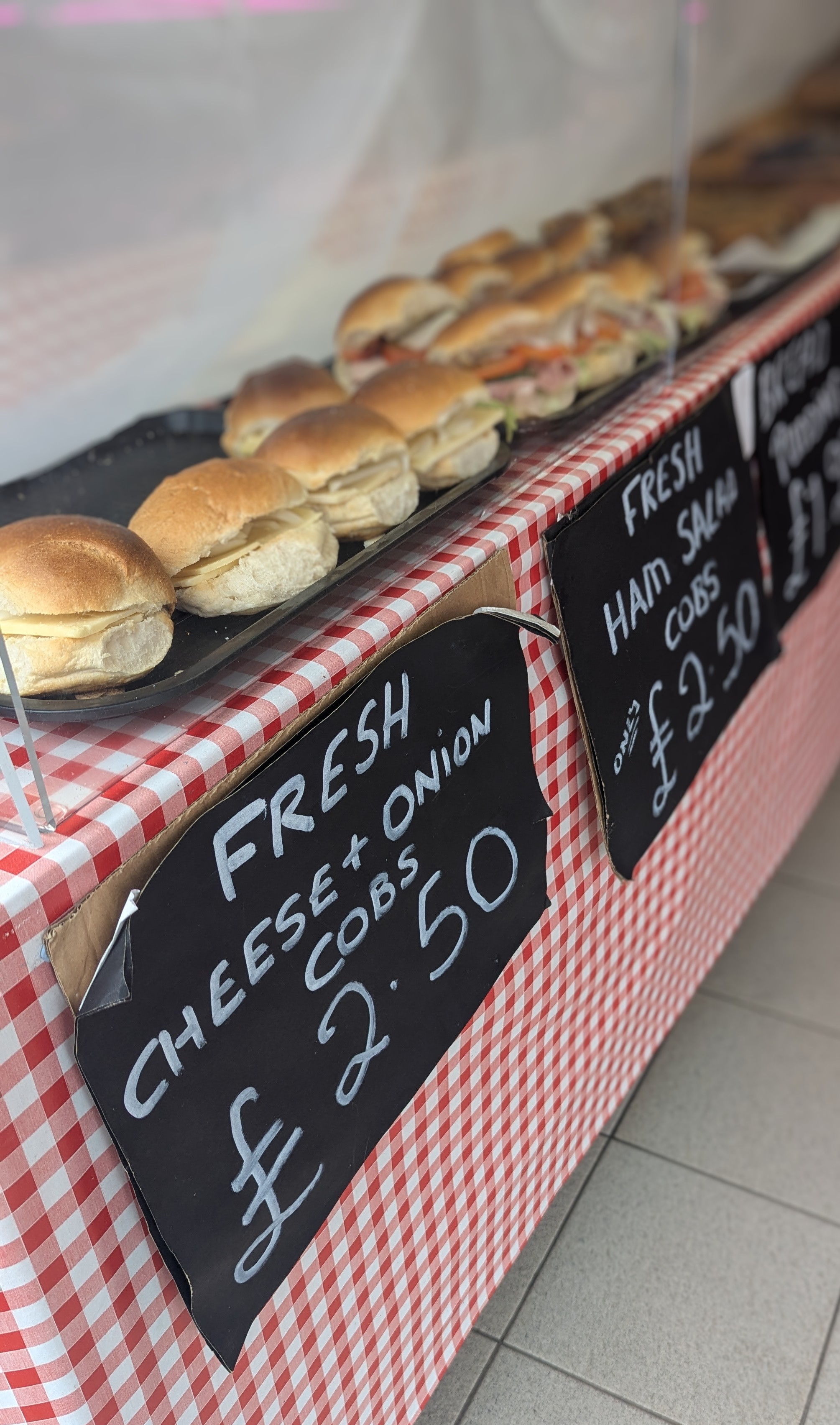You will no doubt have read in the press that one of the seemingly unforeseen issues we have after Brexit is the need for a customs declaration when sending parcels to or from the EU. This seems to be a very complicated matter indeed, as although there is unlikely to be duty paid, the amount of form filling and put frankly - buggering about - is attracting fees in addition to VAT which is payable either by the seller in the EU in the case of EU-GB, or by the recipient. Ideally this would be paid to HMRC by the European exporter - and many will do that and pass it on in the price- but for others the game is no longer worth the candle, and they will simply cease to trade business to customer with the UK.
Already I have seen on Twitter and elsewhere that beer is affected by this and for my own part, my occasional cases of mixed beers from Bavaria will cease for the time being. OK it isn't the biggest worry in the world as I can buy substitutes here to a certain extent, or simply buy British beer instead, which I already do. The pity is that when travel is banned, and we are all in lockdown, a bit of a taste of Germany is a welcome diversion, but I fear that in the future, for many lovers of beer from Bavaria or Belgium, the only way to get those rare beers, will be either to pay top dollar here, if you are lucky enough to find what you want, or do without. It seems we will likely be back to awaiting our foreign trips in many cases. Here's what the German company said.
Momentan ist kein Versand nach England, Wales und Schottland möglich. Wir arbeiten daran. Aber es muss u.a. eine Handelsrechnung erstellt werden.
Danke für Euer Verständnis
Euer Web-Bier-Team
Basically, for the time being until they work it out, no sales to England and Scotland.
My attitude, while annoyed by this being inflicted upon me and countless others was one of "Well I suppose I can be philosophical about that." Less so when I discovered that the watch E had bought for me for my birthday in August had ceased to work. It had been in its box more or less since then as it is a bit "dressy" for day to day use. I'd only taken it out to look at it out of boredom on Saturday, but when I did the bugger had stopped. Like all of my watches, it is made in Germany and in this case was purchased direct from the manufacturer in Berlin. I ordered it one day and a day and a half later, UPS turned up with it. Easy peasy.
I wrote to the manufacturer complaining about the short battery life, but their response was to send me a prepaid label to send it back for repair or replacement. Clearly they know something I don't and a mere battery replacement is insufficient. The prepaid label is also a customs declaration. It is a bit complex. I need to know quite a few things I don't. Here it is - see what you make of it. Click to make it bigger.
Now of course I have asked the seller to tell me the stuff I don't know, but even then and with free postage I am reluctant to send a quite expensive watch back with missing information. I worry that I'll never see it again.
The beer I can sort out - or rather - live with, but my lovely watch, not so sure. Brexit dividend? I rather think not.
Yes - better inside the tent pissing out in this case. And probably every case. Clearly business to business will sort itself out, albeit expensively, but business to customer and vice versa? I doubt it.
And of course I didn't vote leave. I'm not that crazy.

































